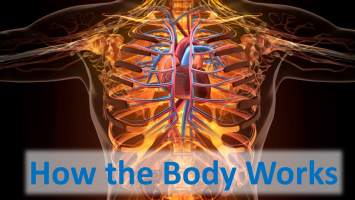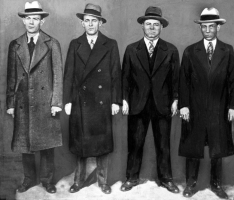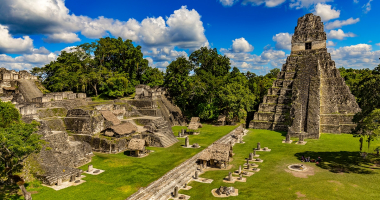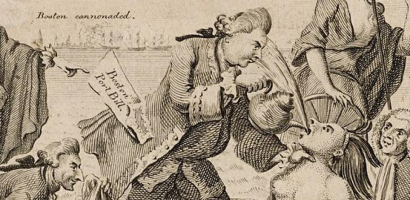Top 9 Vestigial Features of the Human Body
Human vestigiality or Human vestigial features refers to features that exist in humans but have lost all or most of their original function as a result of ... read more...evolution. There are many examples of human vestigial features, and we'll show you 9 of them on this list.
-
The auricular muscles is the name of a group of muscles attached to our ears. This group of muscles includes the anterior auricular muscle, the superior auricular muscle, and the posterior auricular muscle. Together, they control the pinna or the visible part of the ear.
A lot of other mammals have the same group of muscles attached to their ears, and it is used to move the ears like satellite dishes. Those ears' movements play a role in sound localization and the expression of emotion. However, human auricular muscles are considered nonfunctional, since only a small number of human beings can use this group of muscles to move their ears. For the rest, it seems like the muscles have lost their biological function. It's important to note that chimpanzees, like us, have these underdeveloped muscles and are therefore unable to move their ears.
So, how do humans nowadays receive and localize sounds? Darwin proposed that humans effectively capture sounds by positioning the head to receive them, thereby compensating for the loss of or eliminating the need for the auricular muscles. Furthermore, in about 10% of the population, the outer rim of the ear called the helix has been known to show signs of vestigial features since this part is a feature that is common to many mammals.
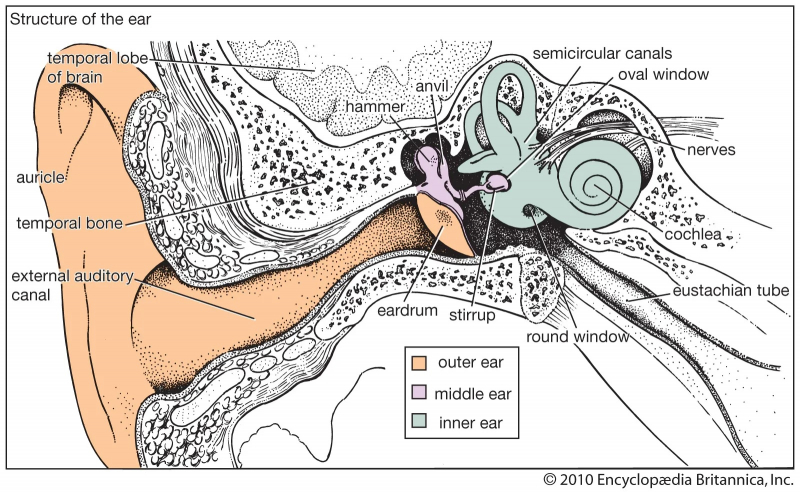
Human auricular muscles - Britannica 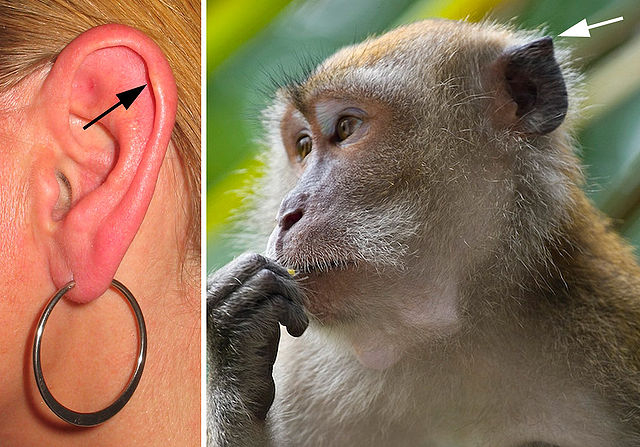
The helix part of the ear - Wikipedia -
The pyramidalis muscle is a pair of small, triangular muscles that are enclosed in the rectus sheath and are located anterior to the rectus abdominis muscle. They could work to tighten the linea alba, which is thought to not have any bearing on how the abdominal muscles work. Therefore, the muscles is considered one of the vestigial features of the human body. Moreover, the pyramidalis muscle's fleshy portion ascends superiorly, getting smaller as it goes, and terminates with a pointed endpoint that is inserted into the linea alba, which is situated midway between the umbilicus and pubis.
These muscles vary in size and in number, as some people could have more than one, and some people don't have pyramidalis muscle at all. According to several researches, pyramidalis muscles are present in about 80 percent of the human population. In some cases, the muscles may be absent on one or both sides, and the lower end of the rectus then would become proportionately increased in size, which means for those who have this muscles, their sizes are usually not even. In other cases, the muscles may also extend higher than the usual level.Video: dr imran,s official Video: Catalyst University -
According to research, 10% of people lack the palmaris longus muscle, which is a little strip of muscle that runs from the wrist to the elbow in both arms. This muscle most likely had a gripping function, with lots of researchers believing that it was of particular importance for hanging. However, the lack of muscle has no effect on grip strength in modern humans.
According to the evolutionary explanation for the muscle's absence, many species with which humans share a common ancestor (such as the orangutan) still actively use the muscle. Close relatives of humans, such as chimpanzees and gorillas, also exhibit the same variability since they do not actively use their muscles. Moreover, according to the common descent theory, our ancestors may have used the muscle intensively in the past. The palmaris longus muscle started to become vestigial as the hominin branch's thumb apparatus (and specifically the thenar muscle group) began to grow. The muscle has remained substantially unaltered by evolutionary processes as there is no obvious evolutionary pressure (positive or negative) pertaining to it.
Today, the palmaris longus muscle is commonly harvested as a source of tissue for tendon grafting in reconstructive surgery. If you want to know whether you are of 10% of human beings that don't have this muscle, you can test yourself with the instruction in the video below.
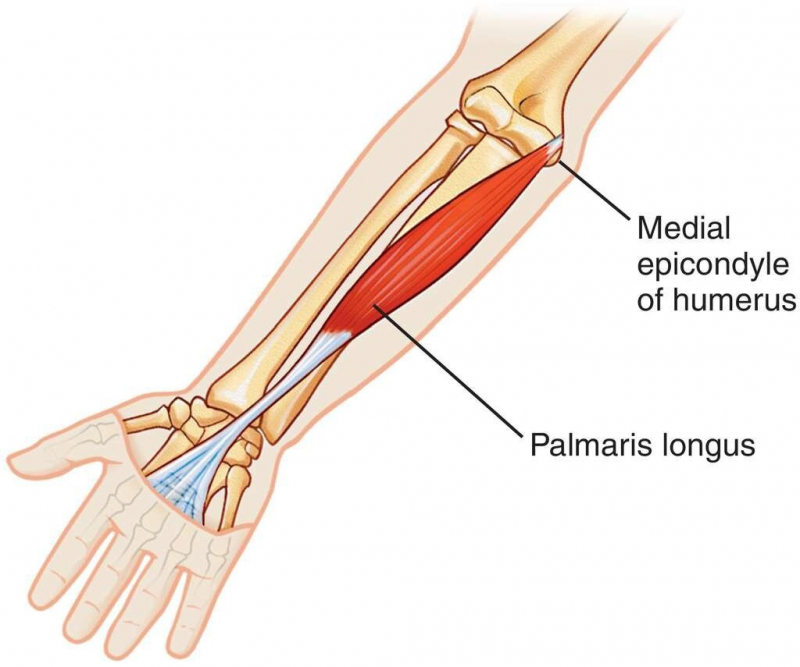
Photo: experiencept.rehab Video: Institute of Human Anatomy -
If you've ever had to have your wisdom teeth removed, you've probably wondered why they were there in the first place, since they serve no purpose other than making you hurt like hell. When they do, it's usually very unpleasant because there isn't normally enough room for them to squeeze in, and discomfort eventually turns into pain. If things get out of control, they could potentially undo years of orthodontic treatment in what would essentially be the biggest punch to the mouth ever. Well, there is a reason why they're there, and apparently, wisdom teeth is one of the vestigial features of the human body.
The origin of wisdom teeth traveled way back to where the human species come from. As the human species expanded from Africa, it populated a number of ecosystems and eventually gave rise to human civilizations. A change in human nutrition toward the intake of soft and processed foods coincided with those developments, which eventually reduced the necessity for strong, broad jaws. The third molars, or wisdom teeth, became particularly vulnerable to impaction when the size of the human jaw shrank. Congenital absence of wisdom teeth is becoming more common. They are now regarded as a vestige of the human body as a result.
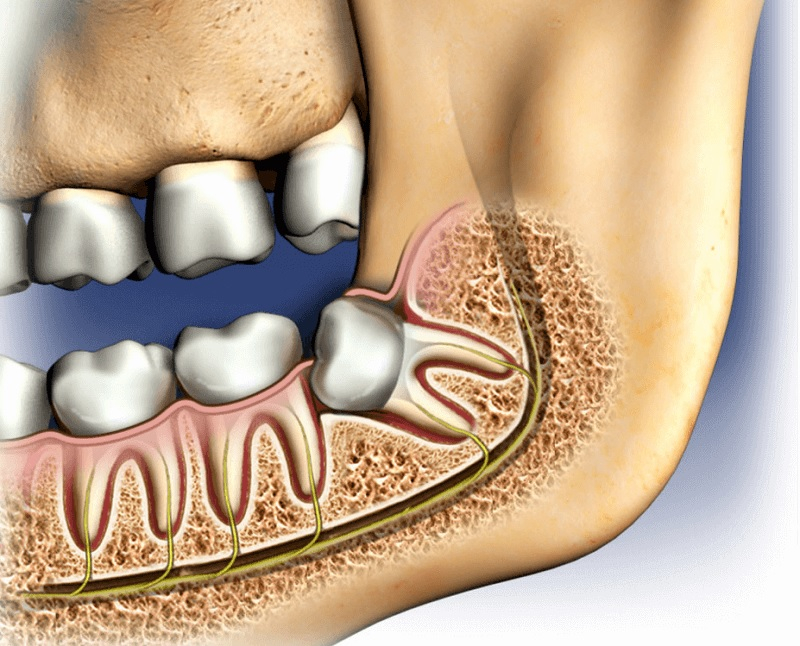
Photo: Healthdirect Why do we have wisdom teeth? - Tufts University -
The palmar grasp reflex is a characteristic behavior of human infants. It develops as early as 16 weeks of gestation when the fetus starts to grasp the umbilical cord inside the mother's womb. Early studies revealed that human infants could hang by their hands from a horizontal rod for at least 10 seconds while supporting their own weight by using their grab reflex.
The palmar grab reflex is unique in that it is more of a vestigial habit than a vestigial trait. When a finger or other comparable object is placed in the palm of an infant, up to 37% of them are able to grab it with enough force to support their own body weight if they were hanged. On a baby's foot, a similar gripping motion may be seen. Typically, these actions continue up to the age of four or five months.
This vestigial habit might have been useful to our hairier ancestors. Infant monkeys, which also exhibit an automatic gripping behavior, were able to hang from one hand for a period of time more than 30 minutes. However, because humans evolved out of an arboreal lifestyle and lost their body's coat of fur, they apparently no longer need that stronghold. Some experts believe that, despite its weakened state and loss in the first few months of life, the human palmar grasp reflex may still have significant roles to play.

Photo: healthline.com Video: RegisteredNurseRN -
The Nictitating Membrane (also called The plica semilunaris) is also one of the vestigial features of the human body. It is the small fold of tissue located on the inside corner of the human eye (not the little bump in the very innermost corner, but the small flap right next to it). Many researchers believe that this part of the human body is a vestigial remnant of the third eyelid that humans used to have. Nowadays, this feature is also found in other species that are close to the human species, including gorillas and chimpanzees.
The nictitating membrane is most commonly found in birds, reptiles, and amphibians. In most mammals, there is only a small vestigial remnant of the nictitating membrane in the corner of the eye. However, polar bears, aardvarks, camels, seals, marsupials, and monotremes do have fully functional membranes. The nictitating membrane serves a defensive purpose, such as maintaining the eye's cleanliness and moisture or shielding the iris from intruders. Some species' membranes are translucent enough to allow for eyesight in the dark or underwater. Although the cause of the nictitating membrane's disappearance in humans is unknown, it's possible that the tissue was superfluous due to changes in habitat and eye physiology.
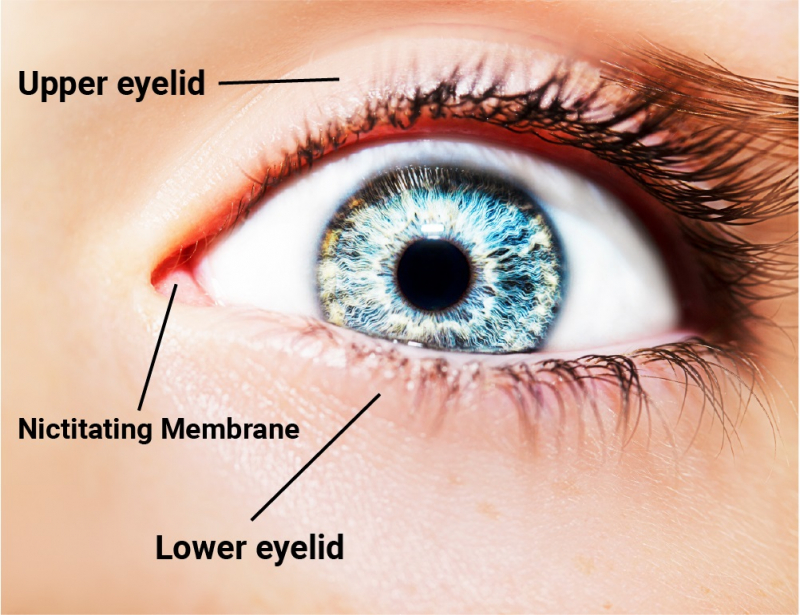
Photo: nowthatswild.com Video: Sanjay Kumar Palai -
After a long period of evolution, human beings get rid of almost all the distinct features that tell they are once a part of the mammals, except for the tail. Believe it or not, until this day, humans still have tails. Between stages 14 and 22 of human embryogenesis, one can actually observe a tail-like structure, complete with several vertebrae. The tail, however, disappears in the following few weeks of growth, and over time the vertebrae fuse to create the adult's coccyx or tailbone. One of the pillars of Ernst Haeckel's recapitulation theory was this aspect of embryological development. The major theme of the theory, which is frequently expressed as "ontogeny recapitulates phylogeny," is that when an organism develops from an embryo to an adult, it goes through many stages of its development from an ancestral condition to its present state.
Not just humans, apes also lost their tails while growing up. This trait makes them distinguishable from other groups of primates like human beings. However, it is unclear why apes lost their tails. Moreover, occasionally, a human newborn is born with a vestige tail. Though most of these tails are typically harmless, some are linked to spina bifida (failure of the vertebrae to completely enclose the spinal cord). Infant humans often have their tails surgically removed without any complications.
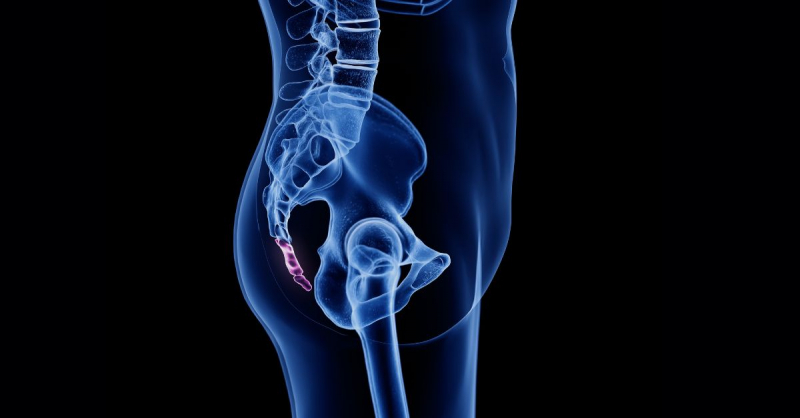
Vestigial (Human) Tail - healthlibrary.askapollo.com Video: EBFA Global -
Your sinuses are pockets of air that reside inside your face. The biological role of sinuses is often a topic of heated debate, but there is little-to-no consensus on their actual purpose. Therefore, it is thought to be one of the vestigial features of the human body. Researches show that our early ancestors may have had nasal sinuses lined with odor receptors, which would have given them a sharper sense of smell and helped them survive. Other than perhaps to make the head lighter and to warm and moisten the air we breathe, no one knows why humans keep these potentially problematic mucus-lined cavities.
The Mütter Museum at the College of Physicians of Philadelphia is home to a cross-section of a skull from the collection of Matthew Cryer, a physician, and dentist whose Internal Anatomy of the Face was published in 1901. Cryer most likely examined the paranasal sinuses' four sets: frontal (in the forehead), maxillary (beneath the cheeks), and ethmoid and sphenoid (behind the nose). His research is the reason why we can have a theory about the function of the sinuses.
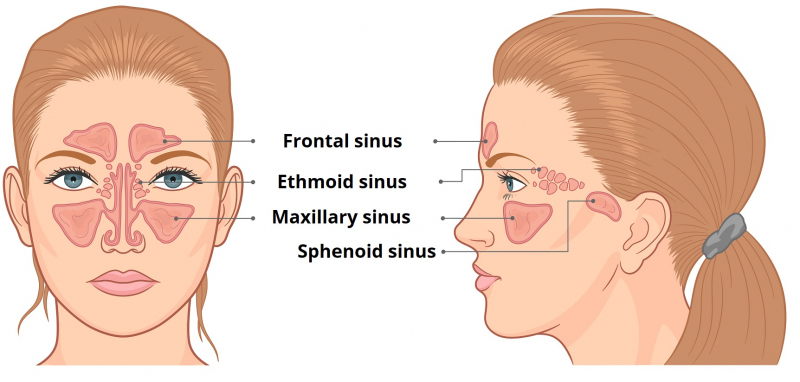
Photo: TeachMeAnatomy Video: Bupa Health UK -
The last vestigial features we have on this list - male nipples - are most likely vestigial in a different way in the sense that they aren't left over from an evolutionary event, but rather an embryological/developmental one. To be more specific, men have nipples because of the development process that they go through in their mother's womb.
In reality, all fetuses start off in the womb as females. The embryo will mature into a full-fledged female if there is no fetal Y-chromosome present. On the other hand, when a Y-chromosome is present, the fetus will create hormones like testosterone and develop into a man, but the nipples will essentially just hang out. As a result, they are purely ornamental. In short, guys have nipples because they evolve early on in the womb and at that point, it is still up in the air as to whether or not the baby will be male or female.
There are some cases where males can lactate from time to time, however, the biological function of male nipples is still unclear. But it is in fact undeniable that nipples are simply a part of the human body that if someone is lacking it, they wouldn't look as "natural" as others.
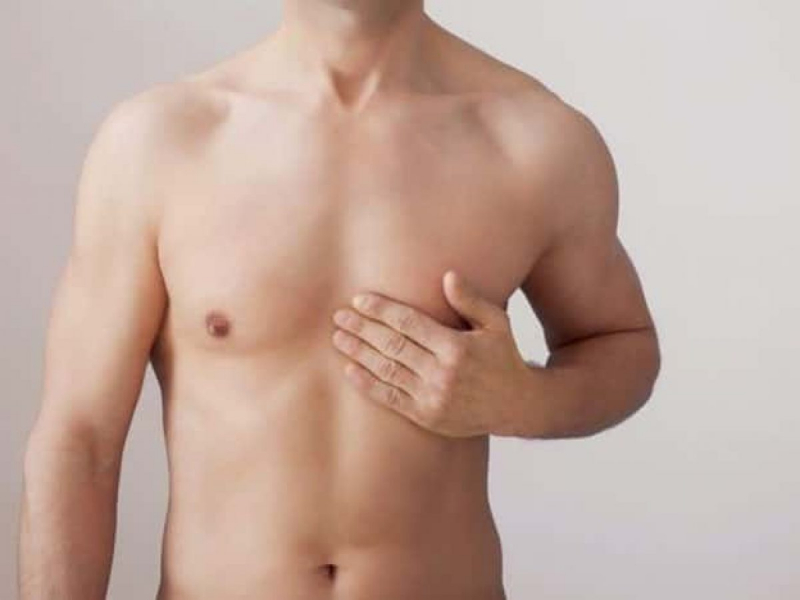
Photo: Centre for Surgery Video: SciShow











